29 Sep The Object Project: A Look Into Materials and Forms with Slash Objects
The Slash Objects Collection is a thoughtful presentation of material and form by Arielle Assouline-Lichten, international designer and principal of Brooklyn-based Slash Projects. We met Arielle this year at NY NOW and were mystified by her use of a unique industrial material made of 100% post consumer recycled rubber. Combining this innovative rubber with brass, concrete, marble, and mirror, Arielle creates a new way of experiencing every day items.
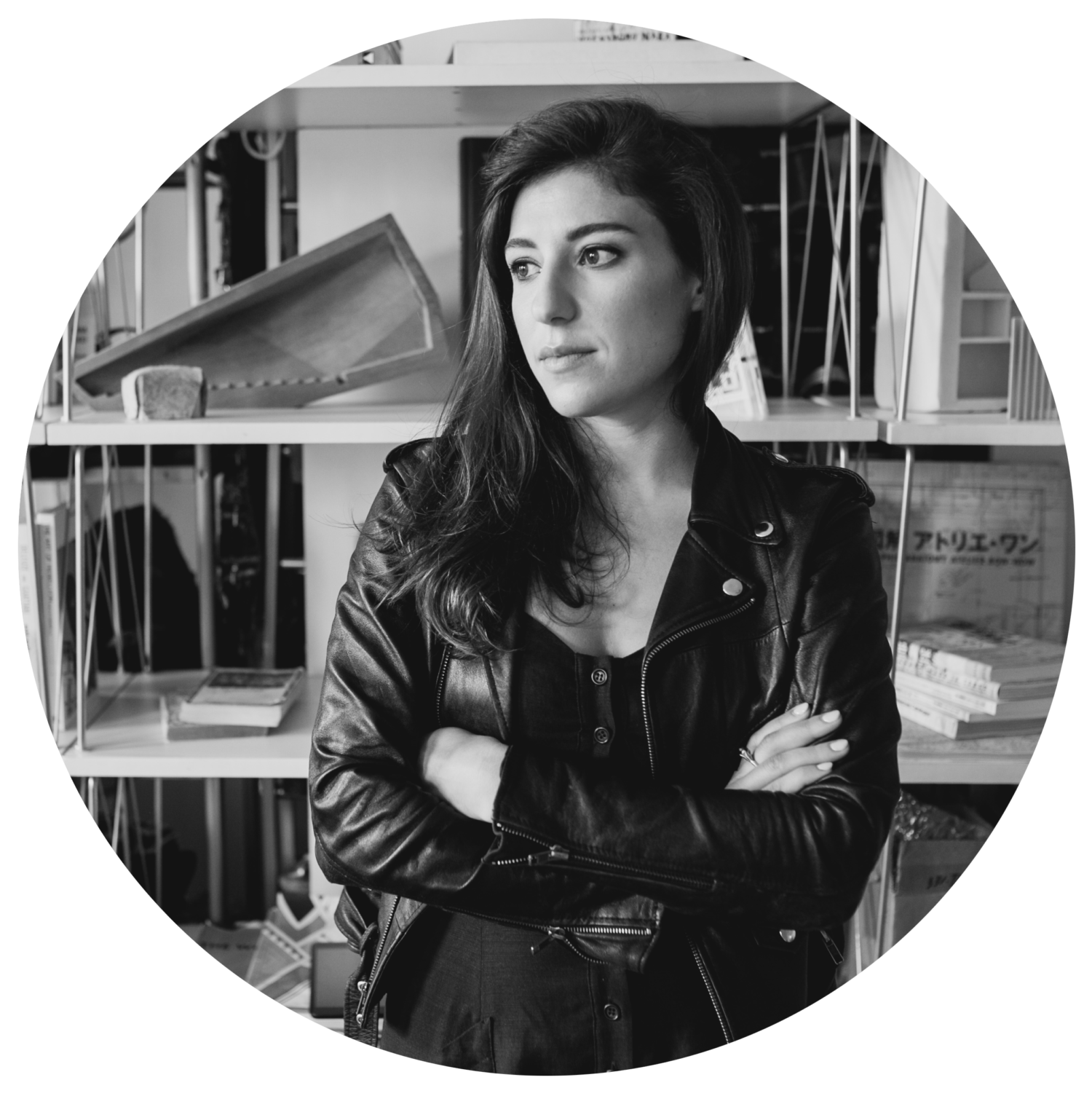
Designer and Principal of Slash Projects: Arielle Assouline-Lichten
Tell us a bit about your background.
I am a designer and architect, born in Philadelphia to a French father and Danish mother so I’ve traveled a lot which has certainly influenced my design sensibility. I studied philosophy in undergrad, and practiced design in tandem while I honed my skills, bouncing from print to digital and then eventually into the physical realm. My firm Slash Projects is a multidisciplinary design firm working from architecture to digital design and we recently launched our line of products and furniture under the name Slash Objects.
As well as architecture and product design, you have experience in interactive, graphic, and web design. How do you approach digital design versus physical design?
To me, design is always about the same thing – we are communicating, whether a concept, a trajectory, a new way of doing – design is the experiencing of that thought process. In digital design as in physical, it always begins with a concept, a set of ideas that we want to achieve or make real. There is often sketching at the initial phase, and thinking through how all parts will be interconnected. There is really a lot of similarity between mediums in design – at a certain stage and resolution, the tools begin to become defining. The mode by which we transcribe design intent is more specific to each discipline, whether communicating to a developer or to a metalsmith. What remains constant are the moving parts that are intertwined, bridging the gaps between the team of people needed to complete the project.
How did studying architecture under Toyo Ito in Japan influence you as a designer?
My time in Japan was extremely formative in terms of how I think about design and architecture especially. There is a thought process that was very different to the pedagogy at Harvard, which was more about creating unique experiences in space for humans. The notion that our role as designers is about that heightened sense of the world through material use and integration of nature – often about blurring the boundaries between inside and out – became extremely inspiring to my design process. I worked for Kengo Kuma’s office in Tokyo as well, and was able to gain first hand insight into the rigorous process of how projects are worked on.
You’ve done work with a quite a few international design firms. Has this been a challenge? How do you approach your designs in regards to different cultures?
I myself have been brought up among many cultures, so I never felt like it was a difficult challenge to adapt to a firm’s way of doing – rather a natural new way to learn from designers I greatly admire. I feel so fortunate for having those experiences especially as I was forming my own ideas of what it means to practice design and as well, what it means to have a design firm. I am very interested in the work culture of different offices and the effect that has on the work produced, as well as the happiness index of employees. I am really committed to establishing a firm that bring joy into the practice of architecture and design.
What was the catalyst for starting Slash Objects? What led you from architecture to product design?
I had always been interested in working at the smaller scale of product and furniture design, it was just a matter of time when it would happen. In 2015, I had been working on a new construction project in Manhattan. During the process of speccing materials, I discovered the rubber that became the core of Slash Objects’ line. The samples sat on my desk for a few months as I kept asking myself what I could do with it. Eventually, I came up with a concept to create something small and something large and everything in between. I designed functional objects as well as ornamental pieces. It was a lot of fun. I debuted the collection at Sight Unseen OFFSITE in 2016, and was awarded the American Design Hot List which was great validation that I was onto something. We’ve spent the following year developing the products for market and launching the Home Collection.
You mentioned you were working on a project with this rubber material when the inspiration for Slash Objects hit you. What is it about this material that caused you to create this collection?
The rubber itself is an amazing product made of 100% post consumer recycled rubber particles. It is LEED certified and also used in large scale high endurance areas, which makes it super resilient and durable. These are amazing attributes for a material that has never been introduced into the home as a high end, elegant wayto protect surfaces and create heat resistance. I really used design as a way to elevate the material, pairing it at times with other materials to make it chic and elegant.
How did you decide what furniture and objects to create from this material?
The design process at the onset was extremely experimental – I really just made what came to mind, using myself as a test subject. I often thought, what do I want for my own home? I started with what tools and materials I had in the studio, and which fabricators I knew could make additional parts. Through a vast process of prototyping, we developed the line that ranges from coasters to placemats and trivets, to side tables and mirrors. I’ve had to pair down a lot of the initial concepts to be able to bring all of the pieces to market.
You’ve said you’re interested in how unexpected materials collide. How did you choose what materials (brass, marble, concrete) to mix with this rubber composite?
I like to create experience that offer the viewer a sense of delight, maybe upon touching the piece – our concrete side tables are infinitely smooth – or maybe upon viewing a visual trop – our Slash Standing Mirror is a marble cube with a mirror cut through the center. The mirror completes the cube while also creating a sense of harmony between these vastly different materials all touching faces. When I brought rubber and concrete together, it was partly for functional reasons, I needed structure for the side tables and I am familiar with casting techniques, so it seemed second nature. The tables have a really satisfying way of bringing three textures together that would otherwise never coexist. I love that idea, that design creates diversity.
Tell us more about your custom lighting piece with Thomas Jenkins for design week Norway x New York!
Thomas and I were invited to collaborate for the Norway X NYC project which was an amazing experience because it really pushed me out of my comfort zone. We both wanted to create something spatial that is interactive in some sense, a piece that would have impact on the room at large. Through a brainstorming process, we came to the idea of a light with a pivoting disc that allows you to direct the light in different ways. Casting the concrete thin enough, with all of the light parts embedded inside the shell was a challenge! In the end, we were really happy with our piece as it does exactly what we set out to do – it creates atmospheric light that can be directed in different ways to create various conditions throughout the room.
What’s next?
I’m really focused on building the Slash Objects brand, as we continue to develop our products for market. We have had really amazing responses to the innaugural line, and are drawing on feedback to become more tailored to our clientele, as well as more widespread so that more people can take some Slash Objects home with them. We have some other projects underway that look to more sustainable materials from the building industry, and transform them into functional, beautiful pieces of American design.

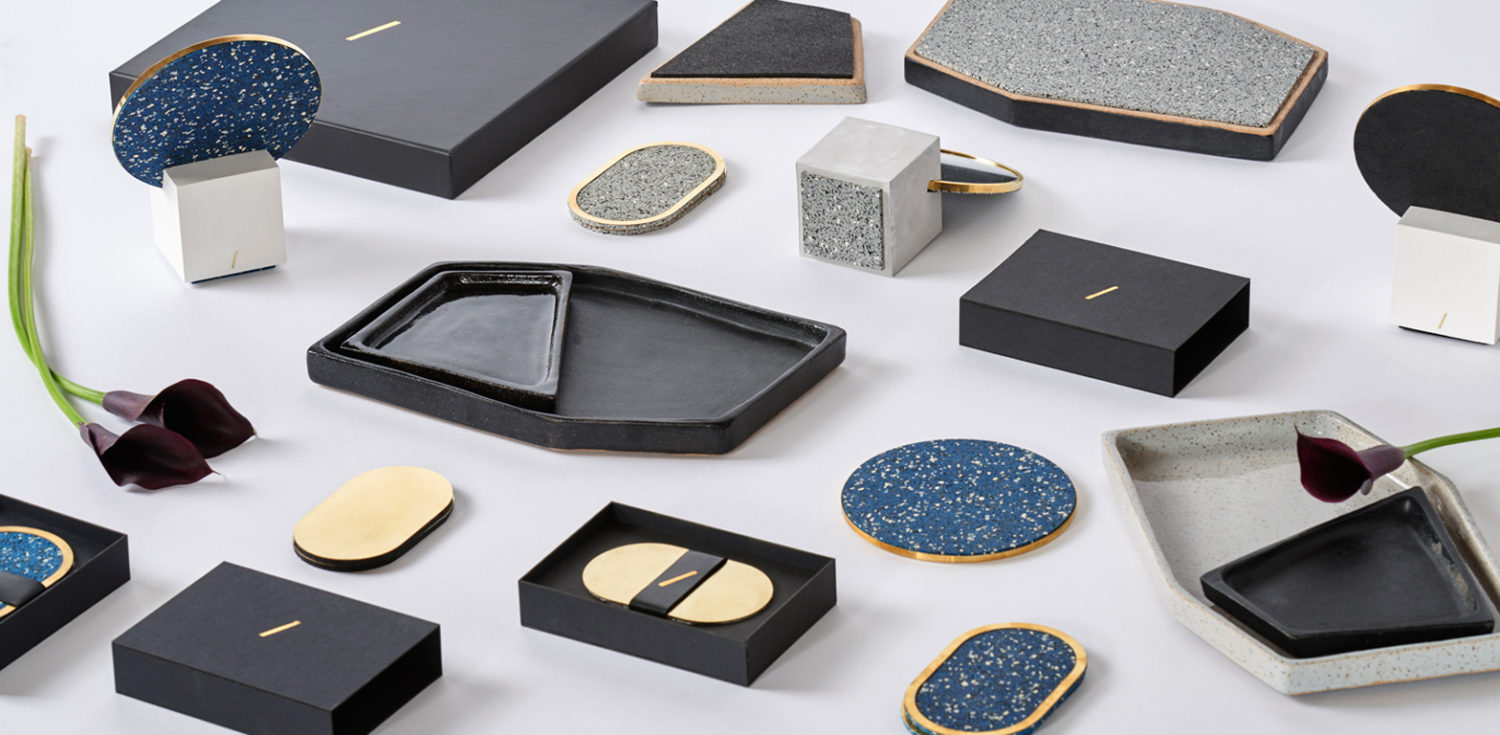
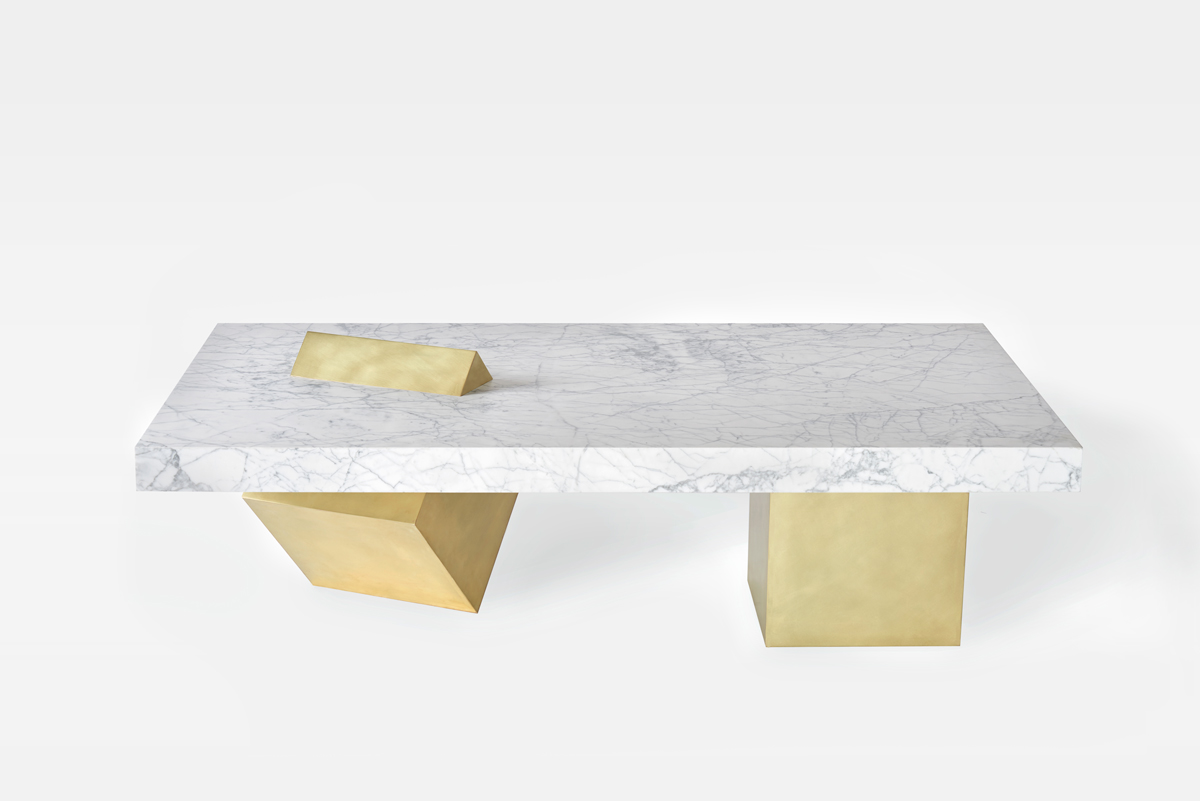
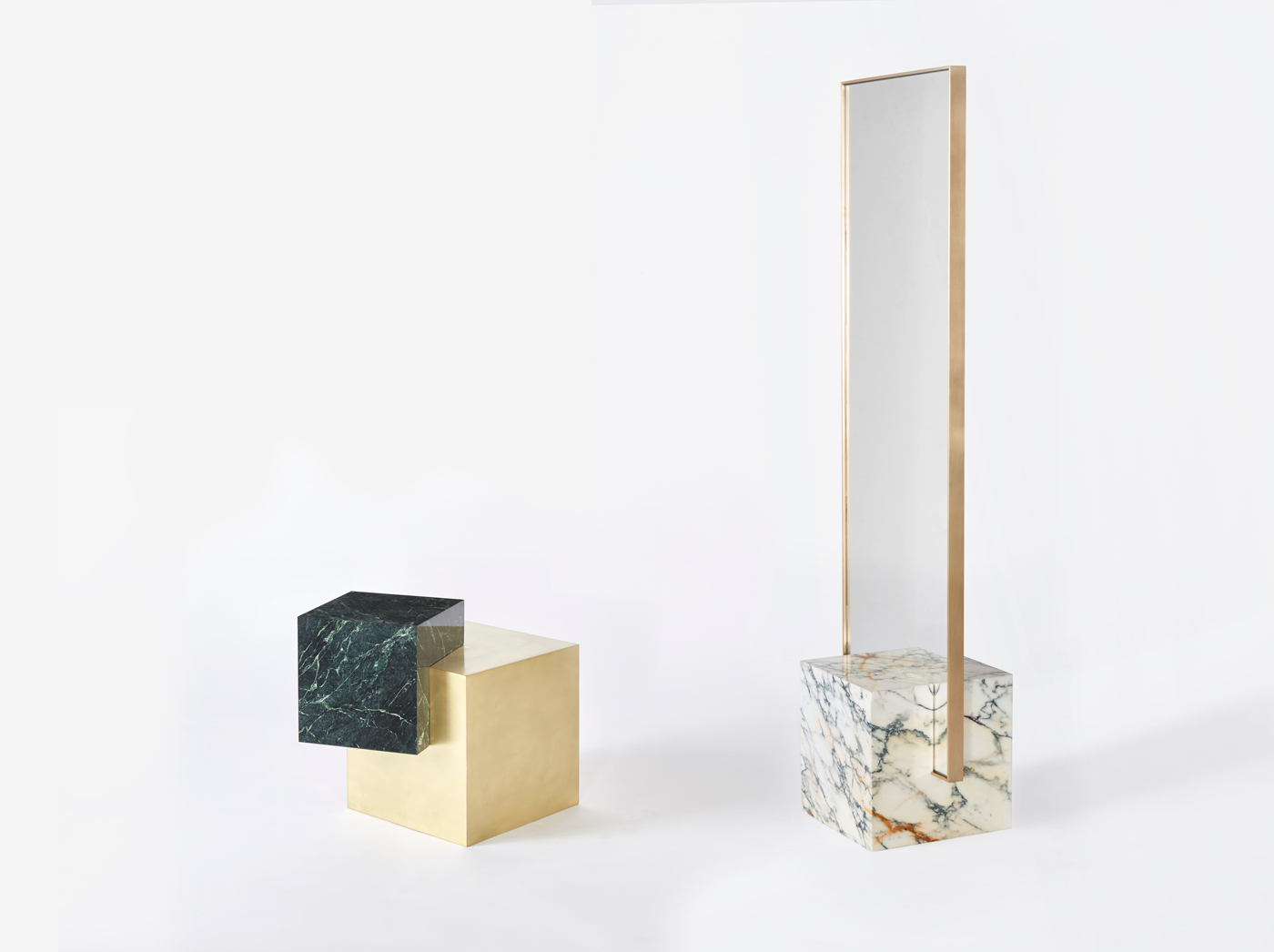
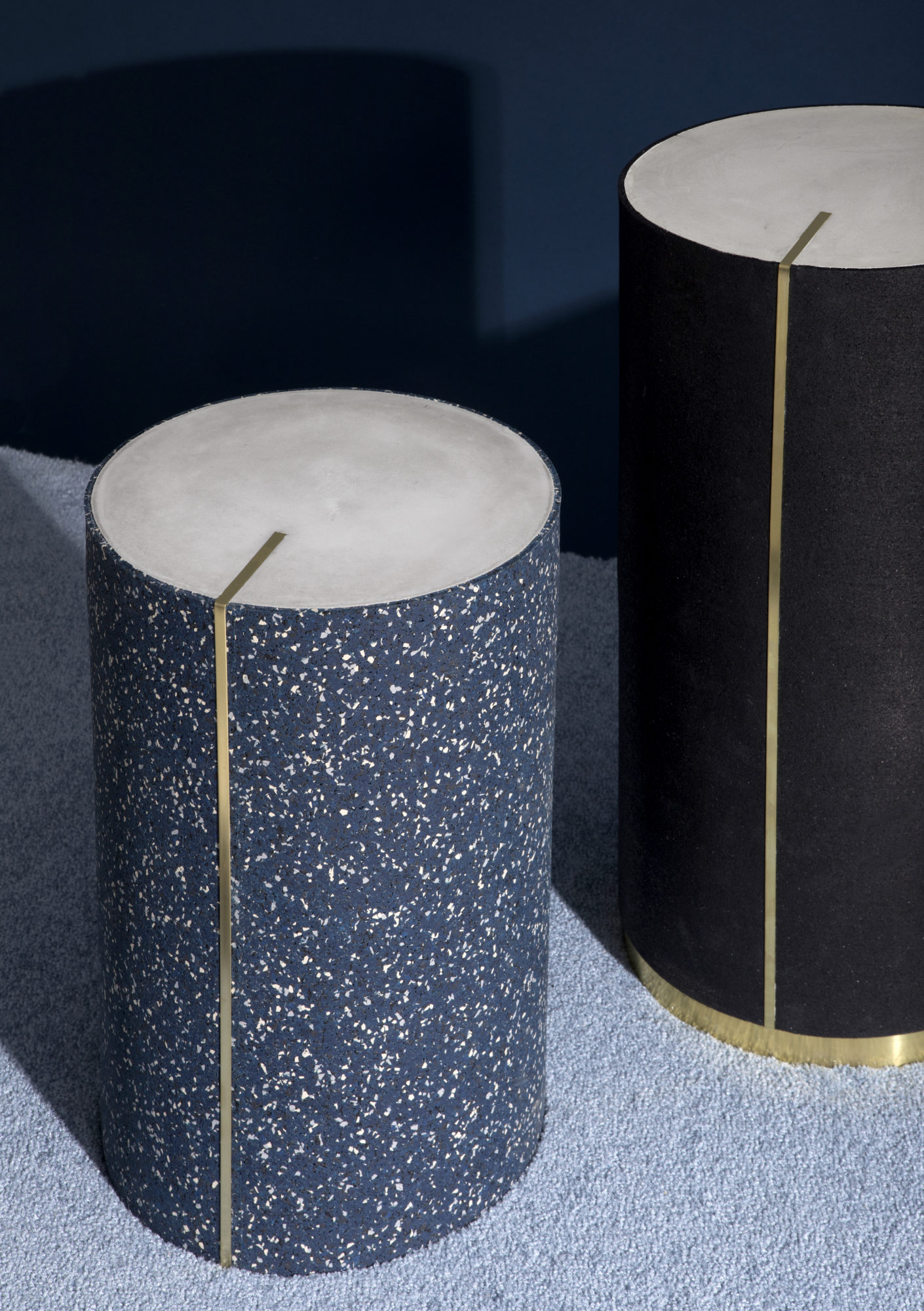


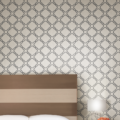
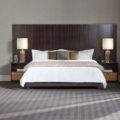
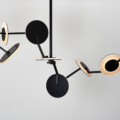
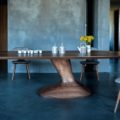
No Comments